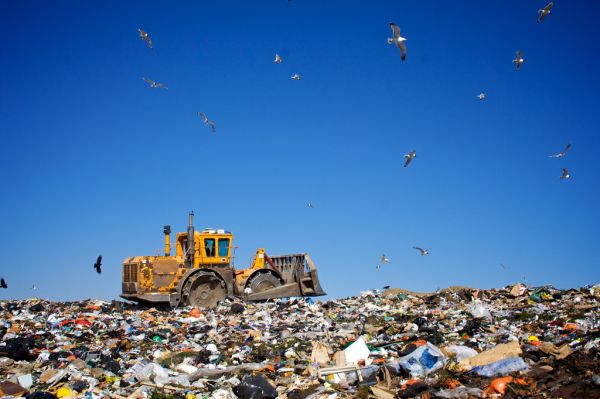
Why Now?
The booming population has many negative impacts on the environment. It usurps an excess of natural resources, occupies land and worse, produces copious amounts of garbage that end up accumulating in landfills. Large municipal or industrial landfills are not only an eyesore; they are toxic grounds for diseases and harmful pathogens. Waste materials in landfills decompose to release toxic gases into the atmosphere, the major constituent being methane. These toxic gases have the potential to cause considerable harm to people living nearby, from fatigue to respiratory failure.
A solution has been devised where leak-proof barriers have been installed, unfortunately deteriorations occurs over time leading to leaks. The monitoring wells near the landfills are another cause for concern as they do not reveal the leakage all the time.
The situation is not completely bleak. New ways have been formulated to use rubbish in landfills as a means of alternative energy. Landfills produce methane gas and cellulosic biofuel, which are optimal gases leading towards the manufacture of renewable energy.
Cellulosic ethanol is derived from the degradation of cellulose found in grass trimmings, fallen tree branches, corn stalks and more. Biofuel generated from ethanol yields more energy, releases less greenhouse gases and is less hard on the environment, making it one of the best renewable alternatives.
Additionally, landfills discharge leachate, a liquid byproduct of rotting material. Fertilizers can be made from this leachate, when they are collected in 18-foot-deep tarns constructed near the landfills. This marvelous technique was thought-up by the Waste Recycling Group (WRG), who desires to invest in landfill reduction.
Landfill mining is another innovation idea. UK Company Advanced Plasma Power (APP) plans to dig up a large landfill site near Hasselt in eastern Belgium in order to recycle the recyclable material while the other half will be converted into renewable electricity. The 30-year project is judged to be very profitable as the value of recoverable recycled metals is said to be on the rise. The expected plan, to become operational by 2014, is to reuse 16.5m tones of waste dumped at the landfill site since the 1960s. With the help of APPâs plasma technology, the methane emitted from the landfill site will fuel a 60MW power plant, which in turn will be able to supply electricity to 60,000 homes.
The Trash Story
Landfill gas is generated when microorganisms in the landfill sites break down organic material. The gas comprises of 50-60 percent methane and 40-50 percent carbon dioxide. Usually, the gases were just burned off, however, this did not solve the problem; in actuality it posed a health hazard.
Now, Waste Management (WM) has build landfill gas to energy (LFGTE) facilities in over a hundred sites. An additional 60 plants will be completed by 2012. Instead of fossil fuels, the energy produced by LFGTE facilities from collecting methane to run onsite engines is directed through wires to supply electricity to homes and neighborhoods.
The gas streams is said to be a viable source for up to 20 years, even longer due to evolving technology. WM is planning to expand by searching for alternative methods to tap into landfill gas resources, where building LFGTE facilities is not feasible. One of the ideas is to convert landfill gas into liquefied natural gas (LNG).
WM and Linde (a renowned global gases and engineering company) are in the process of finishing a facility to convert landfill gas into fuel capable of running vehicles, at WMâs Altamont Landfill near Livermore, California. The landfill gas will be purified and liquefied by the facility and exploitable commercial quantities of fuel will be manufactured. With this project, greenhouse gas emissions are estimated to be cut by more than 30,000 tons per year.
Facilities that utilize the products of landfills have been established in many US states. Letâs explore some of the innovative measures in place.
The Trash Miners
1. SW Missouri Tapping Landfill Gas
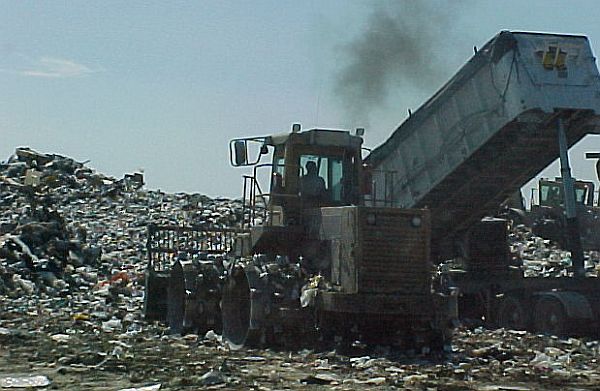
The Nobel Hill Landfill Renewable Energy Center in Springfield, was constructed in Missouri as a joint venture between the City of Springfield and City Utilities. The plant extracts methane from deep within the landfill to generate up to 3.2 megawatts of electricity. CU transmission lines transfer the electricity to power about 2,080 homes. It offsets the fuel requirement, which is usually 39,000 barrels of oil.
2. A new biodiesel plant Denton, Texas
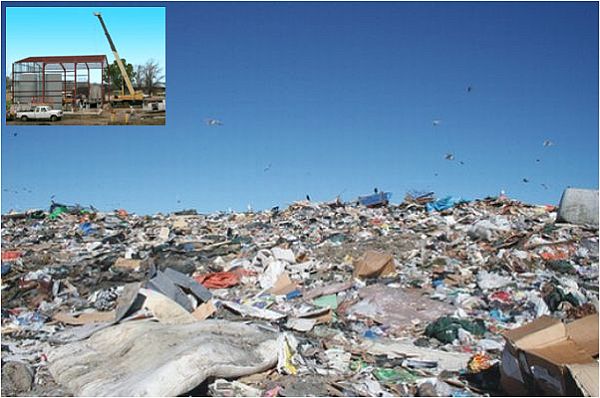
The most exciting experiment is the renewable energy plant that functions on biogas collected from a nearby landfill. The city of Denten buys 300,000 gallons of biodiesel each year for its 386 garbage trucks and other service trucks and buses.
3. University of New Hampshire
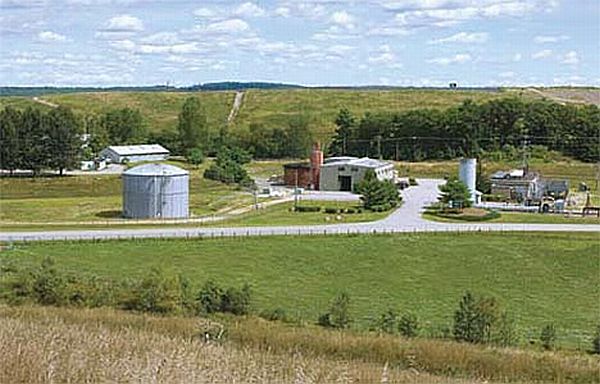
The first university in the nation to receive 85 percent of its electricity and heat from their special project called Ecoline, which utilizes purified methane gas drained from a nearby landfill. The entire cost of the project was $49 million and their efforts are expected to reduce carbon emissions to 57% below 1990 levels. Any excess of electricity produced is returned to the electric grid.
The Gold Rush
Major companies are turning toward landfill gas to power their facilities.
1. Volkswagen Auto assembly plant
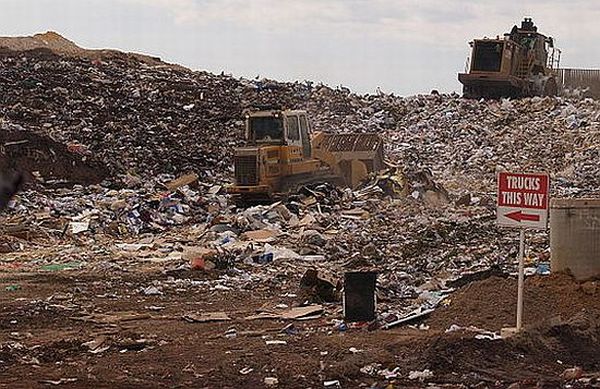
Volkswagen is looking into replacing the standard power source of its auto assembly plant in Chattanooga, Tennessee with renewable energy produced from methane gas. The gas, diverted from a closed landfill nearby, can generate up to 2 MW of electricity each day. The plan has great potential. The initiative will fulfill a considerable portion of Volkswagenâs energy needs, relieving most of its dependency on fossil fuels and improve its LEED status. The city will also benefit by seeing a good resource put to use rather than being uselessly flamed off.
2. Septage Bioreactor Landfill Technology
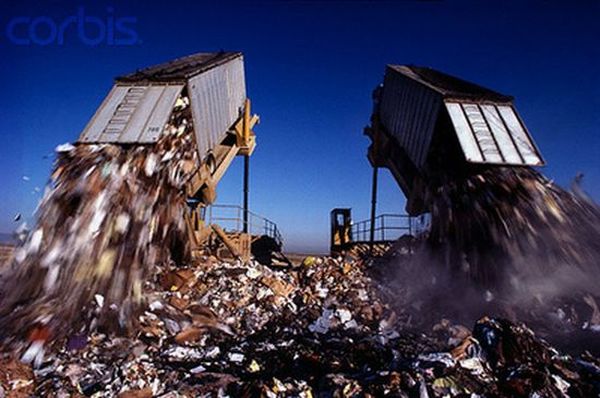
An ingenious waste treatment system has been invented by the Viridis Waste Control LLC. The system called Septage Bioreactor Landfill is slated to accomplish two main aims of sustainable energy production: the reduction of landfill usage and creation of renewable fuel on a large scale.
Septage Bioreactor Landfill Technology encourages a faster rate of decomposition of organic matter to create methane in a short period of time. The method will supply a sufficient quantity of methane to be viable and reliable source of fuel.




